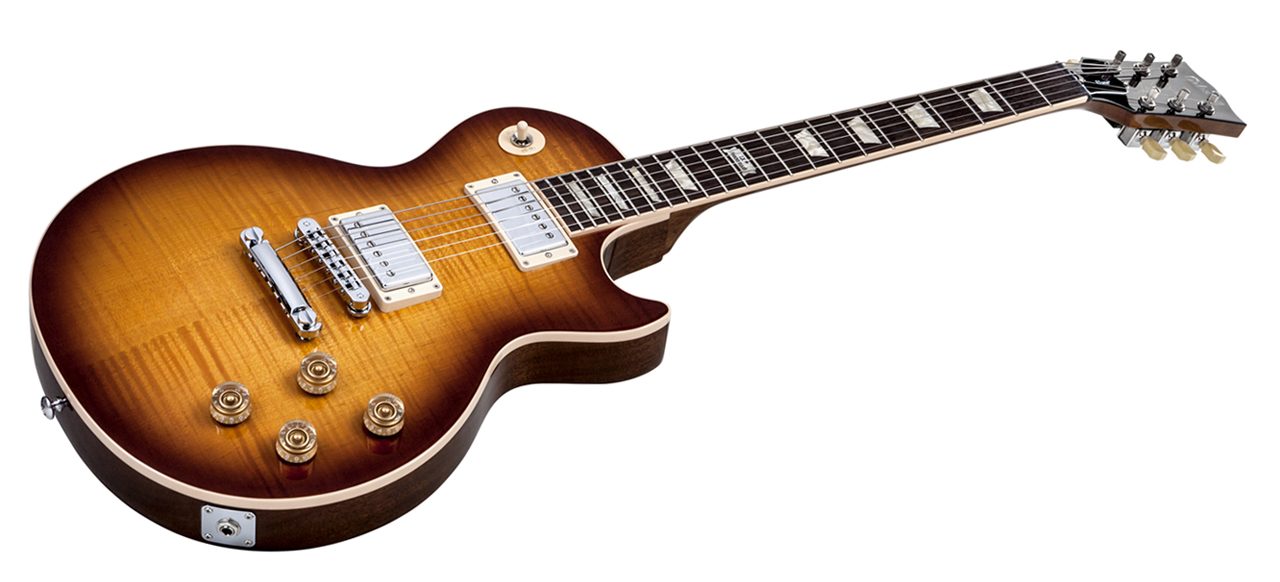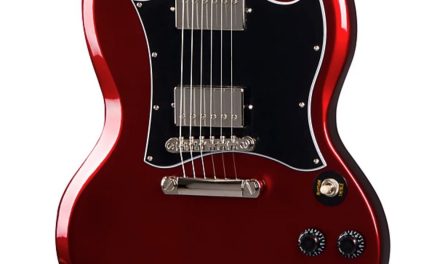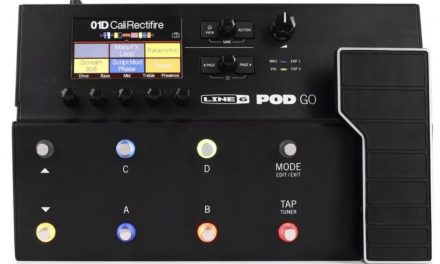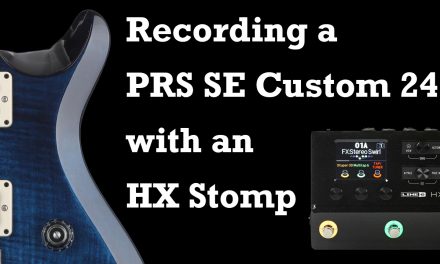When I was younger and stupider, I used to think that music stores bilked customers by upselling them on a guitar “setup” for the brand new guitar they just bought. Surely a good guitar would already be set up correctly, so what was the need to pay the music store $50 to do it again? Some people who play guitar bring the thing back to the music store and pay to have the strings changed, once a year, whether it needed new strings or not. PT Barnum coined the phrase “There’s a sucker born every minute.” Old farts like me have grown up knowing that phrase.
Music stores will still offer you a guitar setup, for a price, to make that new guitar you’re about to buy “really sing.” So are they just stealing money from suckers? The answer is… no, probably not. Most guitars probably do need a setup. Things shift, wood expands and contracts (especially on cheaper guitars,) etc and so on. That guitar was likely set up decently at the factory, but after all of the shipping and storing and sometimes playing while being hung on the wall in Guitar Center, things can be out of whack a bit.
Or not. Sometimes a guitar can survive all of that and it’s still set up correctly, requiring no adjustments. I think this explains the whole stupid “I had to play 15 MIM Strats before I found a good one that SPOKE to me” thing. Fender Mexico cranks out Strats of very consistent quality. If you took ten identical MIM Strats, set them all up identically, and blindfold a cork sniffer, I seriously doubt they could tell the difference. When people play a bunch of different same-model guitars and declare one the winner, it’s most likely because that guitar ended up with the best setup. Yes, every so often a dog will sneak through, but for the most part the quality is very consistent.
There might be small guitar companies where that’s not the case, but I’m talking about the big boys.
So if you are a budget guitarist and you don’t want to pay for setup, you should either learn how to do your own (it’s not hard) or play enough guitars until you find one that survived the shipping, storing, and shelving process. If you don’t want to do those things, you might consider having the store set it up for you.
Here are some things to look for when buying a guitar in terms of setup:
- Intonation. Play the harmonic on the 12th fret, then play the note. If the pitch of the real note is slightly off, the guitar intonation needs to be adjusted. Do this in memory of me, on all 6 strings.
- Fret ends. Run your fingers along the fret ends. Are they sharp? Are they sticking out from the wood even a teeny bit? Those are signs that a good fret file needs to be used on the fret ends. If you’re paying for a setup, be sure to ask if fixing the sharp fret ends is included.
- Action. Is the action too high or too low? If you like really low action, be careful. Some guitars can’t handle really low action without a ton of buzzing. If the action isn’t what you want, it’ll need adjustment.
- Fret job. Play every note on all 6 strings. Any buzzing? Bend every string at the 15th fret. Do any of the notes choke out? These are signs that the guitar might need some fretwork.
- Test every switch and all pickups. That speaks for itself.
- Check all knobs. Any crackling sound? If so, that can be solved in a setup. Ask to make sure it’s included.
- Bend a bunch of notes. Are the frets smooth and easy to bend on, or is there some resistance? A cheap quality fret job could mean the notes are harder to bend.
If you learn how to fix these things, you can save yourself money. On the other hand, if you only plan on owning one guitar, you might want to consider letting someone qualified do the setup.





